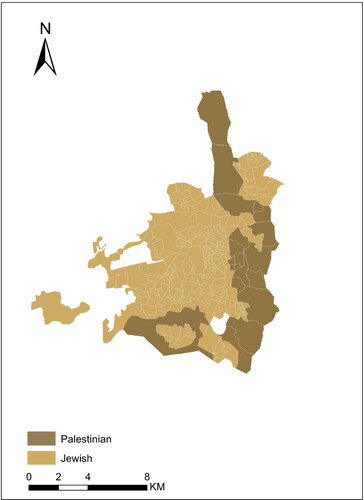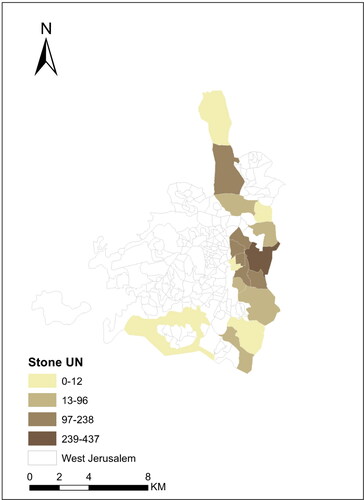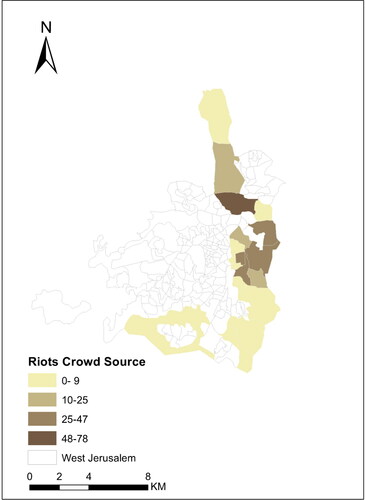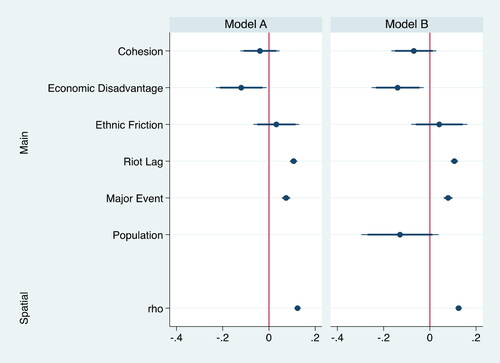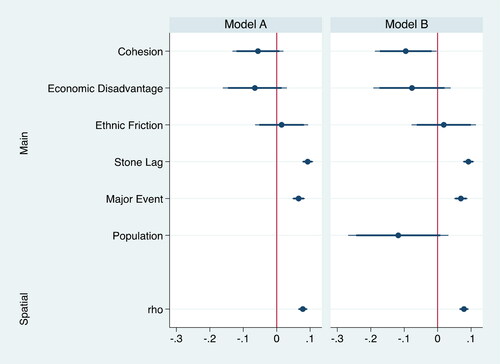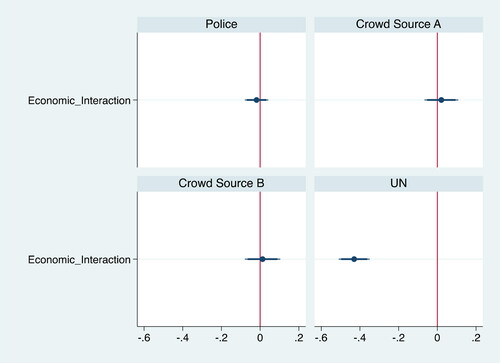Figures & data
Table 1. Summary statistics of the main variables.
Table 2. Summary statistics of proxies for cohesion.
Table 3. Factor analysis on social cohesion indicators.
Figure 3. Spatial autoregressive model (police data). In all models, thick lines denote significance levels of p < .05 and the thin extensions denote significance levels of p < .1.
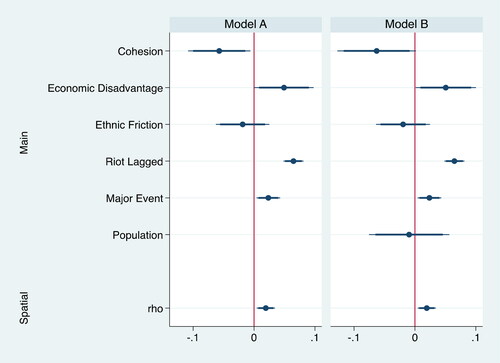
Table 4. Random effects with clustered errors model (police data).

